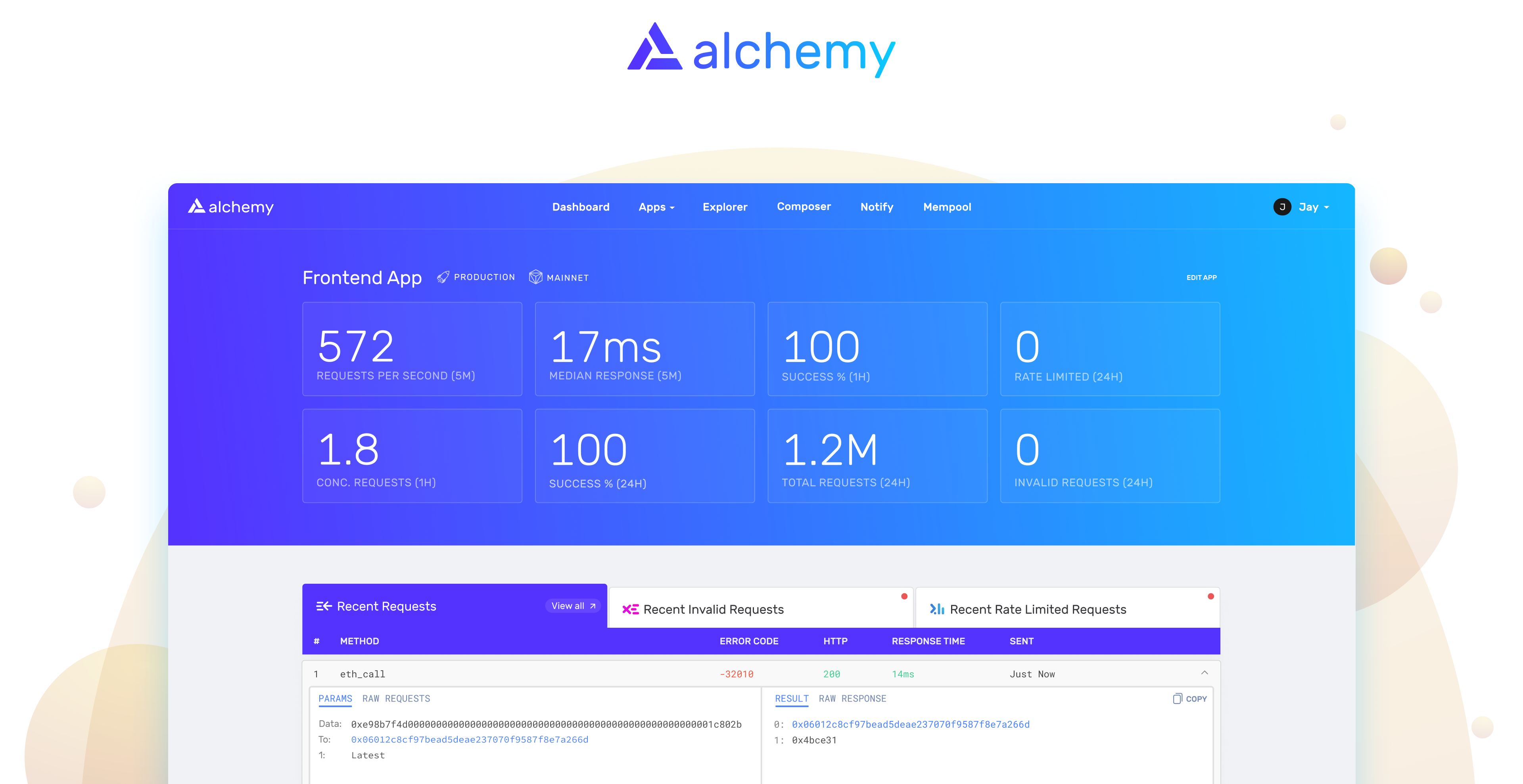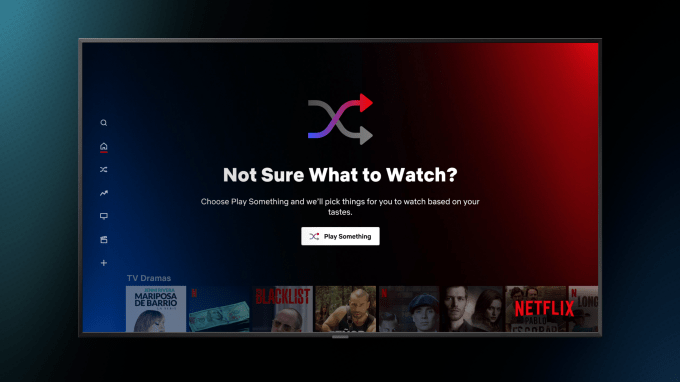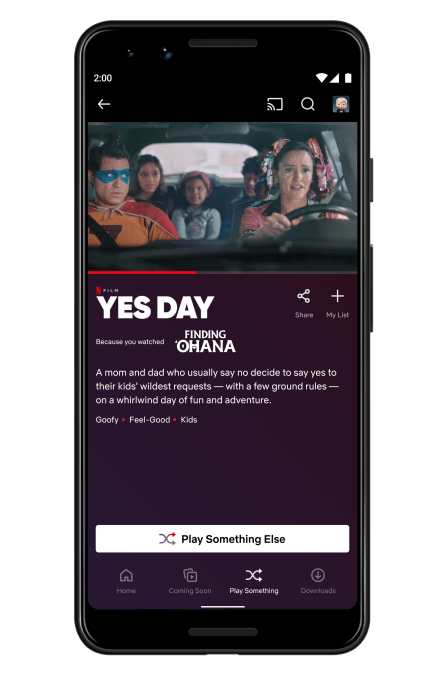- April 28, 2021
- by:
- in: Blog
New York headquartered Kaia Health, which offers AI-assisted digital therapies via a mobile app for chronic pain related to musculoskeletal (MSK) disorders and for Chronic Obstructive Pulmonary Disease (COPD), has raised a $75 million Series C. The round was led by an unnamed leading growth equity fund with support from existing investors, including Optum Ventures,
New York headquartered Kaia Health, which offers AI-assisted digital therapies via a mobile app for chronic pain related to musculoskeletal (MSK) disorders and for Chronic Obstructive Pulmonary Disease (COPD), has raised a $75 million Series C.
The round was led by an unnamed leading growth equity fund with support from existing investors, including Optum Ventures, Eurazeo, 3VC, Balderton Capital, Heartcore Capital, Symphony Ventures (golfer Rory McIlroy’s investment vehicle), and A Round Capital.
The funding fast-follows a $26M Series B closed last summer. The pandemic has accelerated the uptake of telemedicine, generally — and Kaia has, unsurprisingly, seen a particular surge of interest in its virtual treatments.
After all, DIY home working set-ups are unlikely to have done much good for the average information worker’s back in the pandemic-struck year. Kaia’s real-time feedback generating motion coach is also able to offer treatment for neck, hip, knee, shoulder, hand/wrist, and foot/ankle pain.
A digital health solution may have been the only lockdown-friendly option for treating conditions considered ‘elective care’ during COVID-19 — meaning suffers of chronic pain may have faced restrictions on accessing physical healthcare provision like in-person physiotherapy. Kaia says it grew its business book 600% in 2020.
Given the U.S. healthcare sales cycle is heavily focused on January onboarding of new medical benefits by employers — who are key customers for Kaia in the market, where it now has around 50 employer and health plan clients — it’s expecting another big onboarding bump next January. And while it hadn’t been looking to raise again so soon after the Series B, doing so was “a very easy process”, says co-founder and CEO Konstantin Mehl.
“We actually planned to start the raise in the end of this year and then the pandemic happened and of course we had a huge boost because the healthcare system was pretty much shut down for in person elected treatments and chronic diseases are considered to be elected treatments which I think is a bit of a mistake.
“The thing is that the big b2b partners they are really scared that they will have this big backlog of surgical interventions that are very expensive… Pre-pandemic I think 20% of employers in the US were even interested in offering a digital therapy and then that changed to 100% immediately. So that was a big boost,” he goes on. “The other thing is that our market got really hot. We don’t really need the money right now but we met these investors and it was a very easy process.”
Kaia says that globally its digital MSK platform is accessible to 60M patients — which it claims makes it by far the biggest player in the space in terms of covered lives. (Other startups in the space include Hinge Health and Sword Health which are both also focused on MSK; and Physera, a virtual physical therapy provider that was acquired by Omada last year.)
The plan for Kaia’s (unexpectedly rapid) funding boost is “to be much more aggressive in building out our commercial team”, Mehl tells TechCrunch. “We are very proud of being a product focused company but it also gets a bit stupid at the point where you just need to bring the product in front of the relevant customer so we are investing a lot in that and also in computer vision because it’s still our USP.”
Kaia’s digital therapies rely on using computer vision to digitize proven treatments so they can be delivered outside traditional healthcare environments, with the app helping patients perform exercises correctly by themselves.
The user only needs a smartphone or tablet with a camera for the app to do real-time, posture-tracking and provide feedback. No wearables are required. Although Kaia is researching how 3D data from depth-sensing cameras which are now being embedded in higher end mobile devices may further feed the accuracy of its body tracking models.
“We basically can have the same correction functionality in your home that you have can have with a PT [personal trainer],” says Mehl. “We want to invest a lot more in computer vision and build out that team so we can also do that more aggressively now [with the Series C funding] which is cool.”
Kaia has started to use motion-tracking in another way in its patient-facing chronic pain app — as a way to track progress. So as well as asking patients to quantify their pain (which is a subjective measure) it can have an objective biomarker alongside patients’ pain assessments by getting them to do regular tests that track their body movements.
“We started to use motion-tracking besides the correction-tracking functionality also as a biomarker. So we basically can measure your body functionality. Now we can, for example, see which body parts are less flexible and that’s how we can measure the disease progression, instead of asking you how is the pain level today,” he explains. “Pain is the number one cause for work disability and the reason is because your body functionality decreases so if we can measure that correctly then we can also escalate it to the right speciality doctor, for example.”
Kaia can also quantify the progress of COPD patients in a similar way — by tracking them performing a sit-down, stand-up test.
Care for COPD has had a particular imperative during the pandemic as people with the chronic inflammatory lung disease who catch COVID-19 have the highest mortality rate among COVID-19-infected patients, per Mehl.
At the same time, pulmonary rehabilitation centers have been shut down during the pandemic because of the risk of infection to patients. So, once again, Kaia’s app has provided an alternative for suffers of chronic conditions to continue their rehab at home.
In the US Kaia focuses on activation rate as a percentage of the employer population — and Mehl says this stands between 5%-10%, depending on how the app is communicated to potential users. “We also had a company that had 15% of their population active it one year but you always have these outliers,” he adds.
Looking ahead to the coming 12 months, he says he expects to be able to grow revenue 5x-10x as a number of bigger partnerships kick in.
In Germany, where Kaia plans to start prescribing its app (via doctors), he’s hopeful they’ll be able to get 10,000 prescriptions done over the same period, once it has approval to do so under a national reimbursement system.
Plugging Kaia into wider healthcare provision
Integrating into a wider care pathway by being able to loop in healthcare providers where appropriate has been a big recent focus for Kaia.
In February it kicked off a major integration of its patient-facing MSK therapy/pain-management app with a referral system that plugs into services offered by other healthcare providers — using an escalation algorithm and screening and triage system, which it calls Kaia Gateway — to identify patients at risk of needing more invasive or intense treatment than the digital therapies its app can provide. It’s working with a number of premium partners for this referral path (i.e. within an employer or health plan’s ecosystem).
Its partners can provide additional medical services to relevant patients, both general and specialty care solutions, including disease management programs, PT, telemedicine, care navigation, and expert medical opinion services. Partners also get access to detailed treatment history on referred patients from Kaia, including via APIs.
“Besides being just an app-based therapy we want to expand more down the treatment path,” explains Mehl. “And also work with external medical providers — doctors etc — and bring our users at the right point to the right doctor to prevent any deterioration in pain that we cannot treat in the app. I think that brings a lot of trust, also, to the app.
“Because I think what’s happening now is that there’s so many digital therapies popping up everywhere. And one thing that is happening in the beginning when you’re small, like us three years ago, we just offered this app and said we don’t really know what’s happening before or after… Now we really want to integrate.”
“We have some cool partnerships coming up in the U.S. — partner with bigger medical providers that have thousands of medical providers on their payroll,” he goes on. “And then integrate with them so we can optimize the full treatment path. Because then the patients can really feel safe and say hey they don’t keep me in the app-based therapy when they know I should actually see somebody else because it’s not the best care anymore.”
“We have this platform approach but then we saw now it really makes sense to go deeper in these two diseases,” Mehl adds. “We start with our chronic pain approach in the U.S. and say we really want to go down the treatment path. And because the main problem is if people then start to be frustrated in our app and say I need something else and then they get back to this, for example, pain killers, opioids, surgery, cycle, and then they’re back in the system where we actually wanted to help them getting out of it so that’s why we say it’s not really possible to not integrate with healthcare professionals.
“You need to integrate them. If not you cannot always offer best care and then the patients realize at one point this app is not enough — but I also don’t get directed to a medical professional who could offer a new diagnosis or a different prescription. And then your trust is lost.”
“The other point is when you think about different levels of chronification, because we’re so scalable we can catch people much earlier in their chronification journey when the disease is still reversible. And even if our app is still the best treatment it helps to get an additional medical professional involvement to validate a diagnosis — or to just talk with a patient so that they really know that they’re safe here. So just reassuring, motivation and also diagnosis, to really say okay just to be sure we should make this diagnosis just to be sure you are getting best care. So I think that’s a huge product task and operational task for us.”
Kaia is starting by doing case referrals manually in-house — by setting up a medical case review team, staffed by doctors and therapies it employs — aided by a triage system that automatically flags patients for the team to review. But Mehl hopes this process will be increasingly assisted by AI.
“We assume yellow flags from what they told us in the entry test or from their exercise feedback or therapy feedback. Or from the interactions they have with their motivational coaches,” he explains of how the case review system works now. “Then [the case review team] has a look at them and decides if they should see an external medical provider partner and at what time.”
“Over time this should get more and more automated,” he adds. “We hope that we can make this better and better with machine learning over time and show that we can optimize the treatment path much better than just having this manual oversight. And that’s a huge challenge. If you think about what you need to do to get there I think it will define our product roadmap for years… But that’s also where the most value is to increase the quality of care. If not you just have siloed solutions everywhere… and the patient suffers because the treatment path is torn apart and it doesn’t feel like one thing.
“We will always need this clinical oversight. But where we can use machine learning is to help these medical professionals to look at the right patients at the right time. Because they cannot look at everybody all the time so there needs to be some filtering. And I think that filtering — or that triage — that can be really done by machine learning.”
Would Kaia ever consider becoming a healthcare provider itself? Combining a telemedicine service with some digitally delivered treatments is something that Sweden’s Kry, for example, has done — launching online cognitive behavioral therapy (CBT) treatments in its home market back in 2018 while also offering a telehealth platform and running a full healthcare service in some markets.
Mehl suggests not, arguing that telemedicine companies are by necessity generalists, since they are catering to “the top of the funnel”, handling and filtering patients with all sorts of complaints — which he says makes them less suited to focus deeply on catering to specific disease.
While, for Kaia, it’s deeply focused on building tech to treat a few specific diseases — and so, likewise, isn’t best suited to general medical service delivery. Partnering with medical service providers is therefore the obvious choice.
“I think about the patient journey and for the telemedicine companies… they might have some treatment paths integrated but they’re never as good as completely owning one chronic disease as we can be,” he says. “Most of chronic disease patients they just want to start a treatment because they talked with so many doctors. They want to find something that helps them and then at the right moment talk to the right medical professional. So that’s a difference in how telemedicine companies are doing it.
“The other question is how much of the medical provider job of the treatment path do we want to internalize? And we really are a tech company. We’re not very keen on becoming a medical provider. And we see that there are so many amazing medical providers in the landscape here — in different countries — that during COVID-19 had to become more digital, so it’s easy to partner with them, and why would we want to learn how to run a hospital where there are all these people who did it for decades and are really good at it, and we are really good at tech.”
“It’s really cool for the patient in the end. They know they get the best of both worlds and it’s optimized and ideally these offline medical providers get data from us so they can make better decisions — so they can also have a higher quality of decision-making because they have more data than just talking with a patient for two minutes. They can see our complete dashboard and how the patient progressed over time and everything — so the quality of decision-making gets higher.”
The U.S. overtook Europe as Kaia’s biggest market in recent years so it’s inexorably been focusing a lot of energy on serving its growing number of U.S. customers. The size of the addressable market in the U.S. is also massive, with ~100M chronic pain patients in the country, or around a third of the population.
But Kaia continues to develop its proposition in a number of European markets, including Germany which was where the business started. Mehl says its team in Munich is looking at how to make a recent reimbursement law for app-based health treatments will work for it in practice. It hasn’t yet obtained the necessary reimbursement code for doctors there to start prescribing its tech to their patients but it’s taking steps to change that.
At the same time, Mehl concedes that learning how to make doctors want to prescribe its app is an “open challenge” in the market.
“Some startups started doing it but — at scale — I still think there have to be some learning to be made to really scale it up,” he says of the German app prescriptions, adding that it’s preparing to hand in its application in relation to its COPD app which it will be bringing to market in Europe with a pharma partner.
“We also closed a partnership with a pharma company for Germany, UK and France to distribute our app through the pulmonologists — which is pretty cool. So we’re launching that partnership now,” he adds. “That will be exciting to see where the prescriptions start.”
Mehl professes himself a fan of Germany’s approach to digital healthcare — saying that it makes it easy to obtain a general reimbursement code which then gives the app-maker a year to prove any cost savings and deliver the care they say they do — couching that as a compromise between the “really long” process of getting approval for a medicine and the data-driven needs of startups where founders need to be able to show traction to get investment to build and grow a business in the first place.
“Healthcare’s already tough because you have to do clinical trials and it’s already a bit slower. So a longer approval process makes it even more difficult to launch something useful and I can see the UK, France, the Nordics bringing out some similar legislation to facilitate that,” he adds.
“We expect in other European countries — and in other countries in generally, like Canada, Australia and in Asia too — that they update their regulation to cover digital therapies. And then that will be good because we will know how to get apps prescribed and we know the other way, like in the U.S., [i.e. without needing to go through a doctor first]… And so with our app being so scalable we could easily launch in these countries compared to other companies in the market that are more reliant on one specific healthcare system or on hardware or anything that limits the scalability.”







